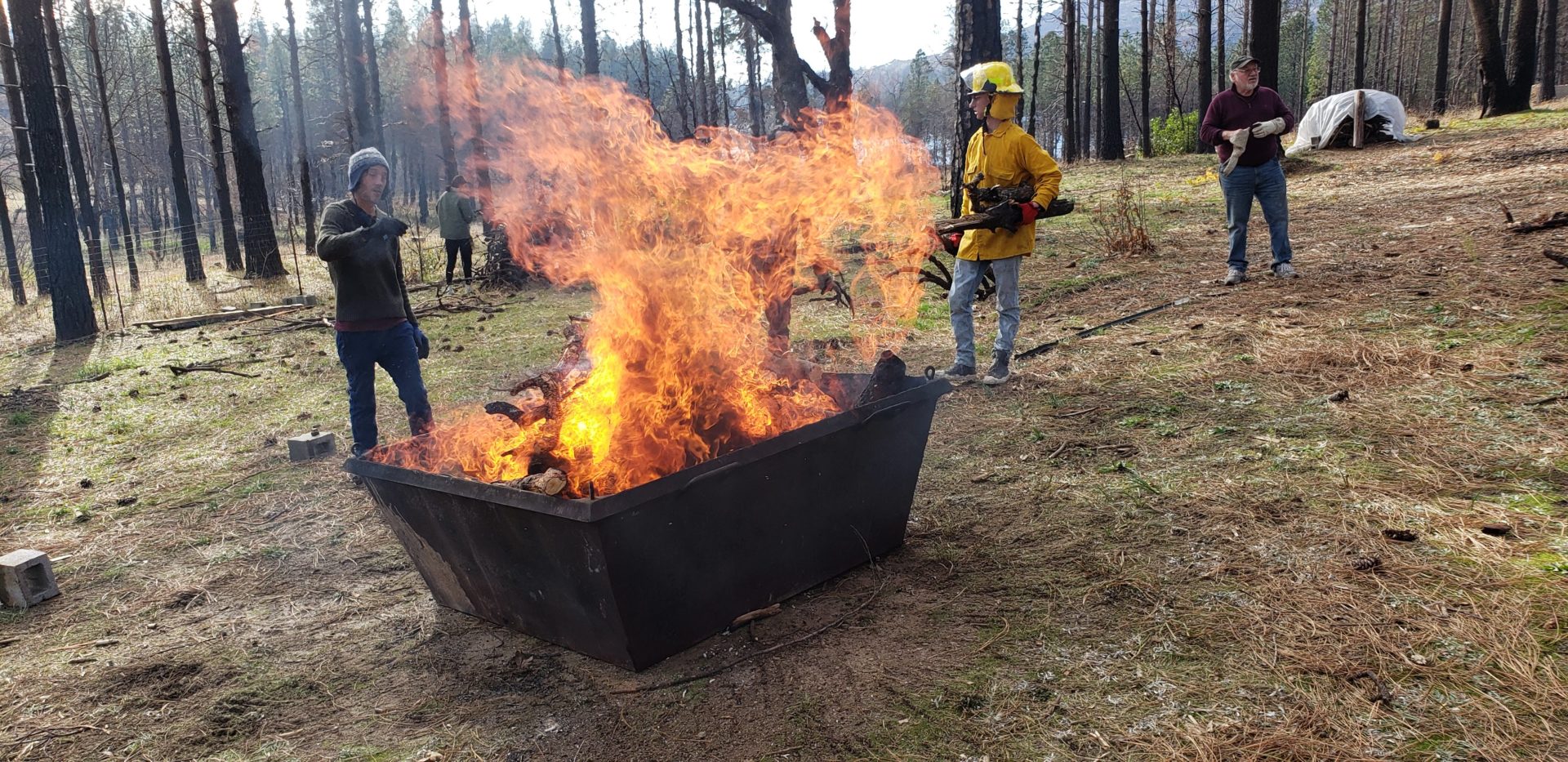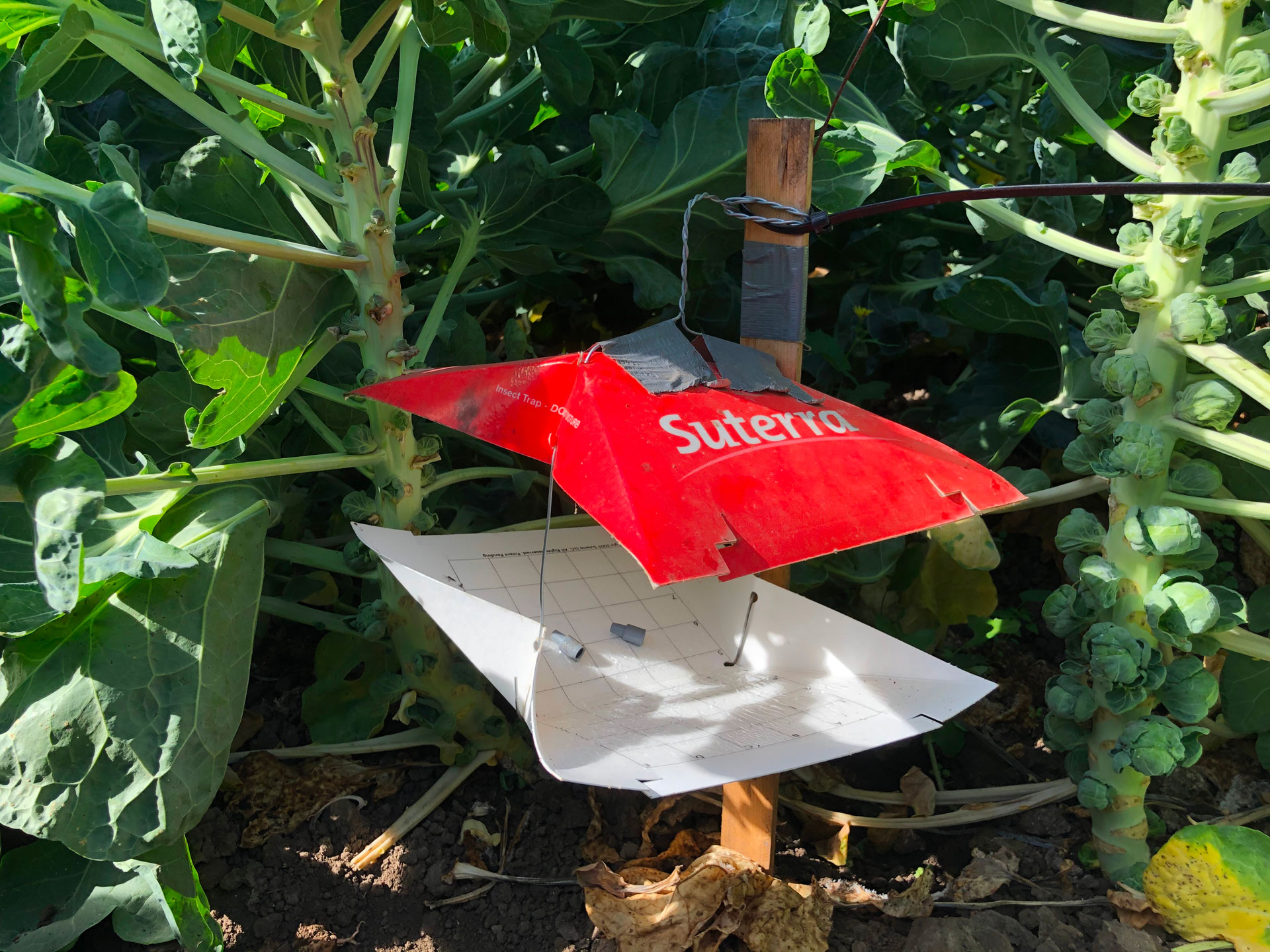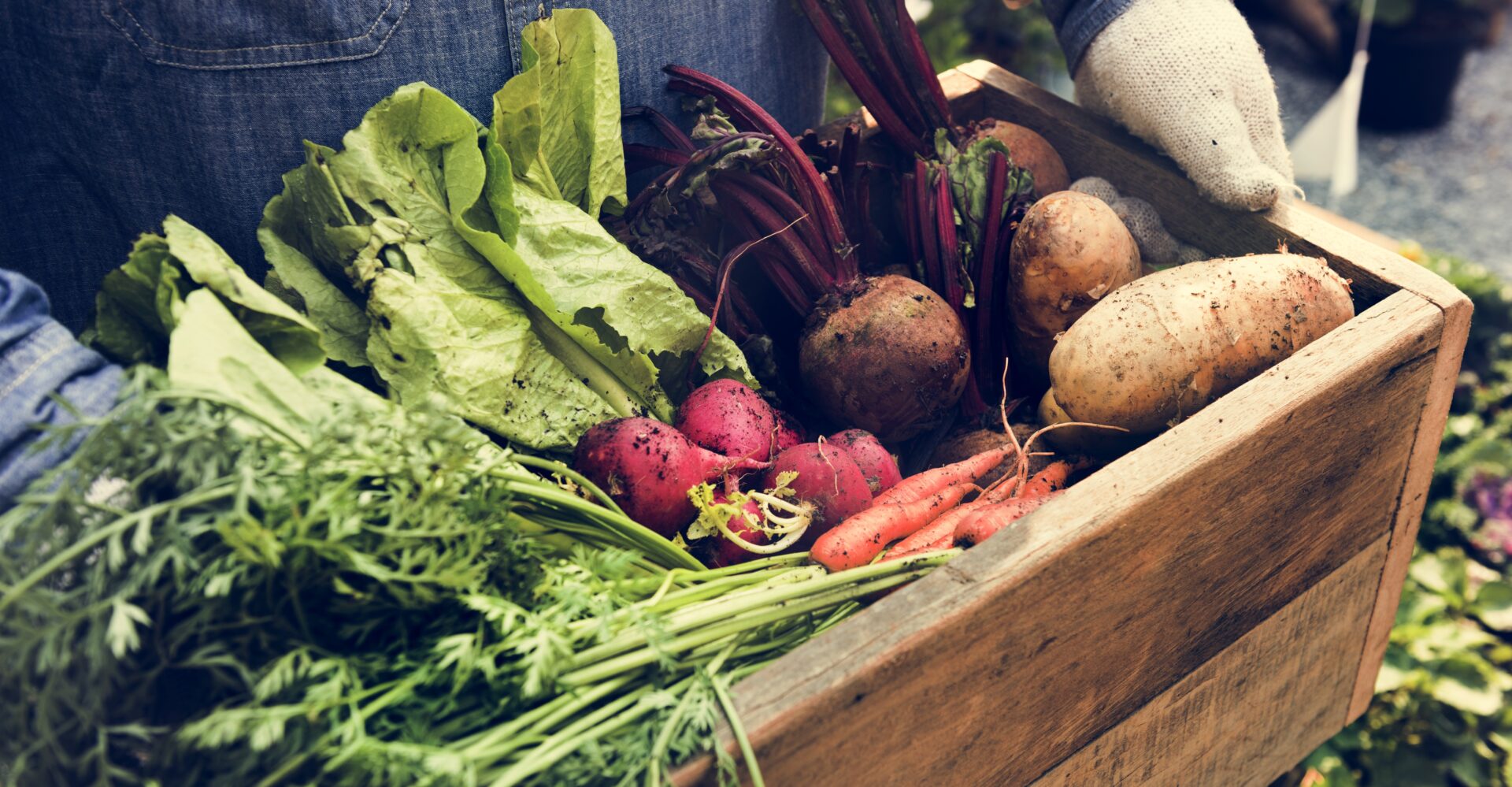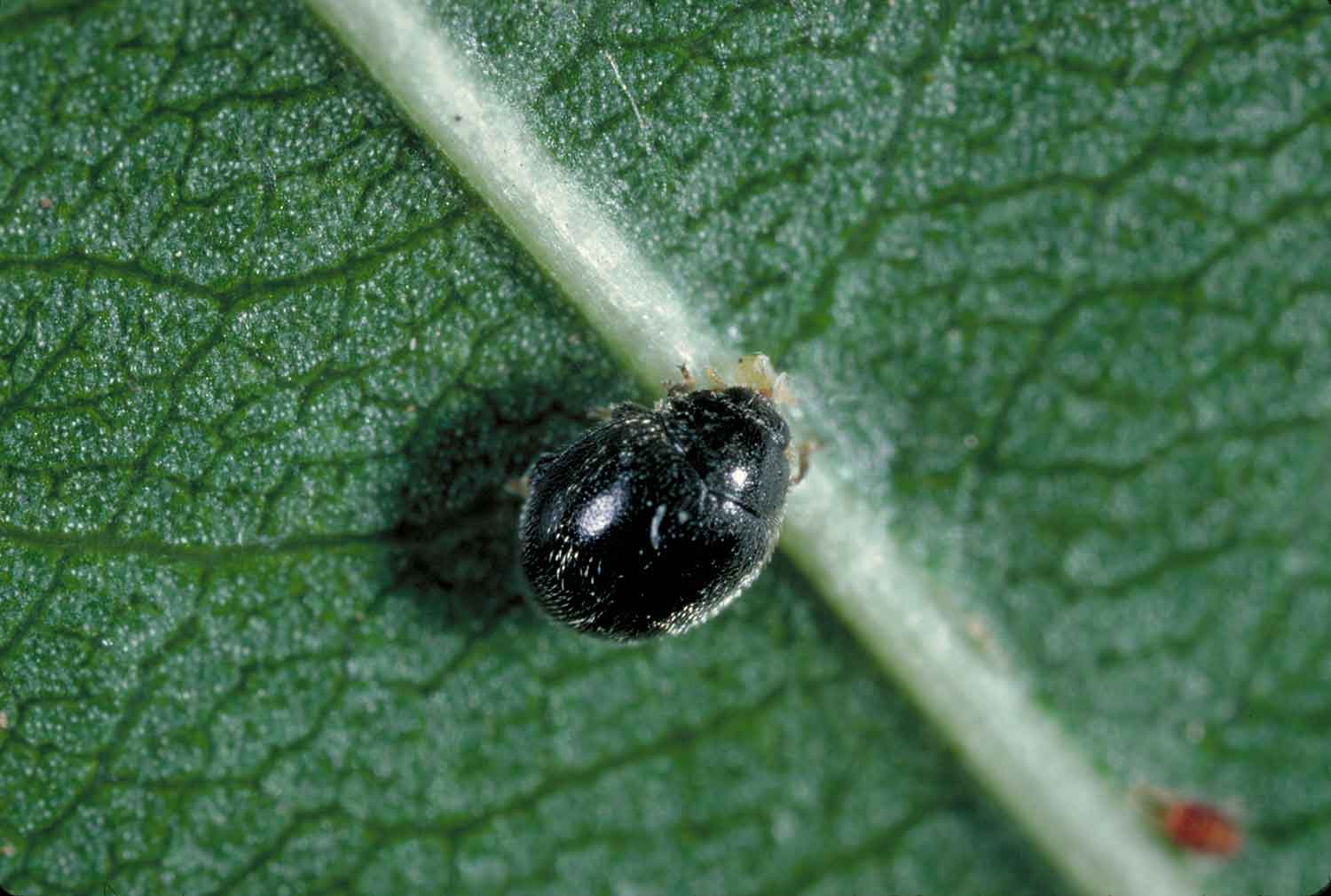
Organic growers know the value of soil carbon very well. We know that it holds water and nutrients and supports soil microbial life—the foundation of healthy soil. As a dedicated gardener who grows food for two families, I have spent a lot of time hauling compost and manure, so when I first heard about biochar, I thought, “Aha! Permanent compost!” I say permanent because one of the secrets to the power of biochar is that it does not break down easily. Once in the soil, it tends to stay.
Biochar is just charcoal, and charcoal is just the carbon that remains in a piece of wood or straw after you heat it up and drive off the hydrogen and oxygen in the lignin and cellulose. The remaining carbon atoms link up into hexagonal rings, otherwise known as aromatic carbon molecules. While not quite as stable as a diamond, this aromatic carbon is very hard to break down. Yet it still performs many important functions in soil by grabbing onto nutrients and water and holding them in the root zone. Biochar in soil ends up promoting the formation of soil humus with all of its benefits.
A few years ago, I linked up with some other biochar enthusiasts here in Oregon and we applied for a Conservation Innovation Grant to work with small farmers who had both woody debris that could be turned into biochar and livestock that created a manure management problem. We proposed to combine these two waste streams to create a valuable soil amendment, and the NRCS funded our program.
We designed and manufactured kilns that could turn slash piles into biochar black gold without making smoke. We added biochar to barns, pens, coops, and manure piles, and monitored the compost process and results. We did greenhouse trials and field trials. After three years of work, we produced a set of biochar practice guidelines for farmers to share everything that we learned. These are free to download on my website at WilsonBiochar.com, but I’ll share some of our results with you here:
Willow Witt Ranch outside of Ashland, Ore., grows pastured pork and eggs and has a 20-head goat dairy. The barn gets cleaned out twice a year, when the ammonia starts to get overwhelming. The smell is bad enough, but ammonia represents a loss of valuable nitrogen, and it’s not so good for respiratory systems of humans or goats.
We started adding biochar directly to the barn. Once a week, two 5-gallon buckets of biochar are spread on top of bedding in the wettest part of the barn—an area of about 250 square feet. On top of that is sprayed half a gallon of inoculant that includes lactobacillus. We used EM-1 from Teraganix. This acidifies the bedding and helps to prevent the formation of ammonia, while the biochar absorbs the urea and converts it to nitrate.

“We were very impressed by the odor reducing power of biochar,” said owner Suzanne Willow. “It sure has improved our barns. When you dig into the floor, it looks like it’s composting really well. Instead of the plate of waste hay and alfalfa and pee and poop, it’s nice compost.”
Willow Witt continues to use the biochar barn protocol, and now when they don’t have time to make their own biochar, they find it worthwhile to purchase it from a commercial supplier in our area. Paying $125 per cubic yard of biochar, it costs $6.25 a week to eliminate ammonia and improve the compost. The compost is used to grow vegetables for market, so that nitrogen is really needed.
Michaels Ranch is a fifth-generation Century Farm that grows grass-fed beef and lamb in Days Creek, Ore. Troy Michaels started adding biochar to the winter feed barn. The manure is scraped and piled each spring and then spread on fields in the fall. Not only did the piles with biochar compost better and faster, but they also ended up with 10 times more nitrate than plain manure.
Producers all over the country are hearing about biochar, and those who can, are making it and trying it themselves. Fraga Farm is a 100-head goat dairy outside of Portland, Oregon that is established on an old Christmas tree farm. The overgrown conifers make perfect biochar feedstock. At a workshop last fall, we made several cubic yards of biochar that were used in the barn. Now the owners want more, but it’s challenging to find the time to cut and process the wood.
One result of our NRCS grant was a new biochar practice that is available through the NRCS Conservation Stewardship Program. This program can help pay for removing woody biomass and for turning it into biochar on the farm. NRCS is working on additional practice standards for adding biochar to soil that will eventually be available through their other programs such as EQIP. For more information on these subsidy programs, contact your local NRCS office.
Commodity boards are also getting interested in biochar. The California Almond Board sponsors biochar research and sees a lot of potential for converting almond prunings and orchard removals into biochar for soil improvement, especially for organic producers who care about soil carbon.
At a biochar workshop in February sponsored by the Oregon Wine Board, we not only made biochar from grape prunings, but we also added biochar and EM-1 to a big pile of grape pomace at the David Hill Winery.
Bree Boskov, education manager for Oregon Wine, sees a lot of potential for biochar use in vineyards.
“We reached a lot of vineyard managers though the biochar workshop,” she said. “I have heard from many of them about how excited they are to have this tool for whole farm management to bring the prunings and compost back to the soil. Biochar is an important practice for regenerative agriculture and for our organic and Demeter certified wineries.”
Perhaps the biggest issue for growers who want to make biochar from farm waste is what technology to use. Large air curtain burners are available that can make biochar from orchard removals or land clearing, but air quality regulators have not finalized permitting procedures for them. They can also be expensive to operate.
Smaller biochar kilns can be operated under current open burning regulations for agriculture. The technology is simple enough that farmers can make their own from still useful “junk” that might be lying around. All that is needed is a simple steel container. Farmers have made biochar kilns from old water tanks, trailers, dumpsters and similar containers.
The method for making biochar in an open container is called the Flame Cap method. It works like this: you make a fire in a container that is closed on the bottom. All the air for combustion comes from the top. When the first pile of wood or prunings burns down to the glowing coal stage, you add another layer. Slowly add more layers until the container is full of char and then put it out with water. It works because each layer cuts off all the air to the char layers below. There is no air coming from the bottom to burn up the char to ash.
Biochar is a new industry that is just getting started. It holds a lot of promise for soil improvement, especially for organic producers. Biochar is an approved soil amendment under OMRI rules and you can find lots of organically certified biochar on the market in California, Oregon and Washington.
For more information about biochar and where you can get it, visit the US Biochar Initiative website at www.biochar-us.org. For more information about how to make your own and use it, see my website at WilsonBiochar.com. There you will find practice guidelines and shop drawings for biochar kilns that are free to download. You can also purchase my Biochar Cookbook ebook and learn all about my own personal biochar tips and tricks.







